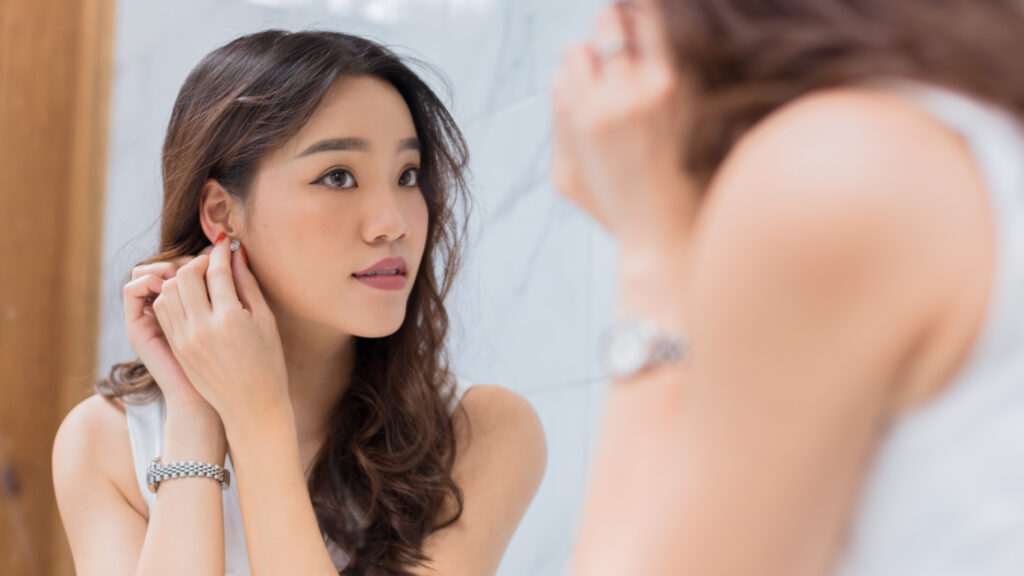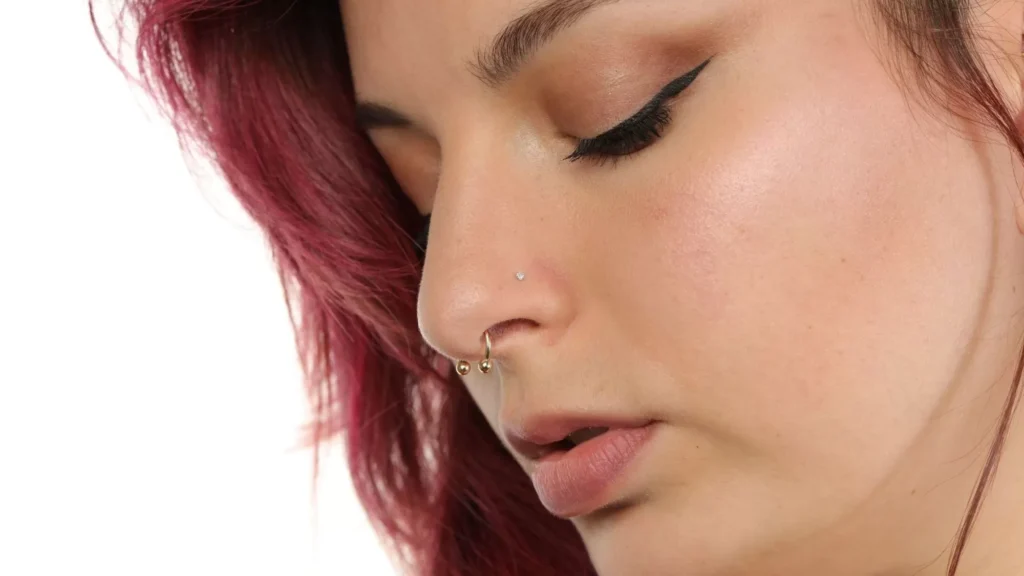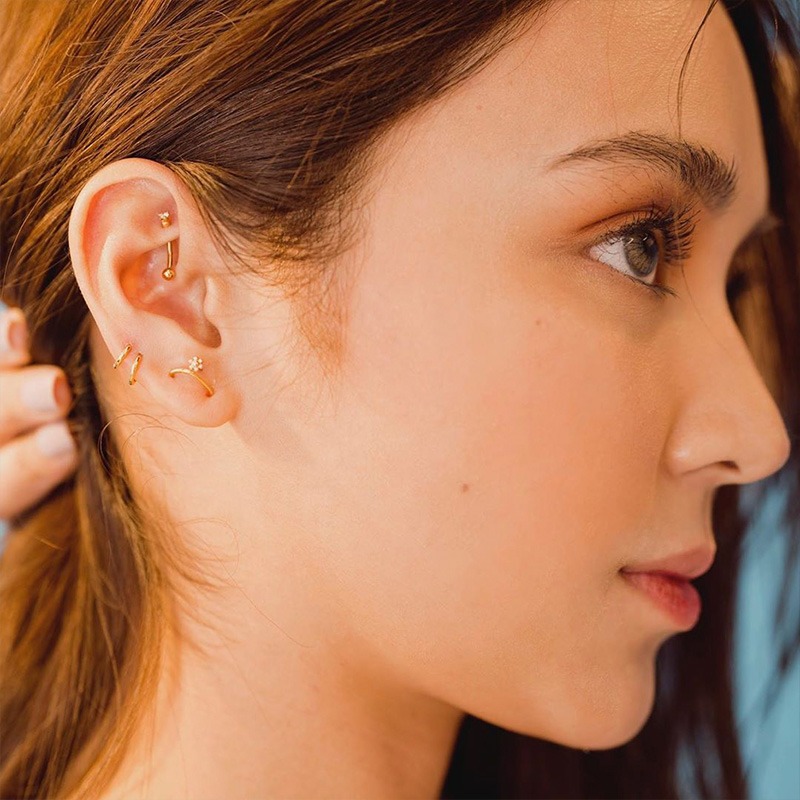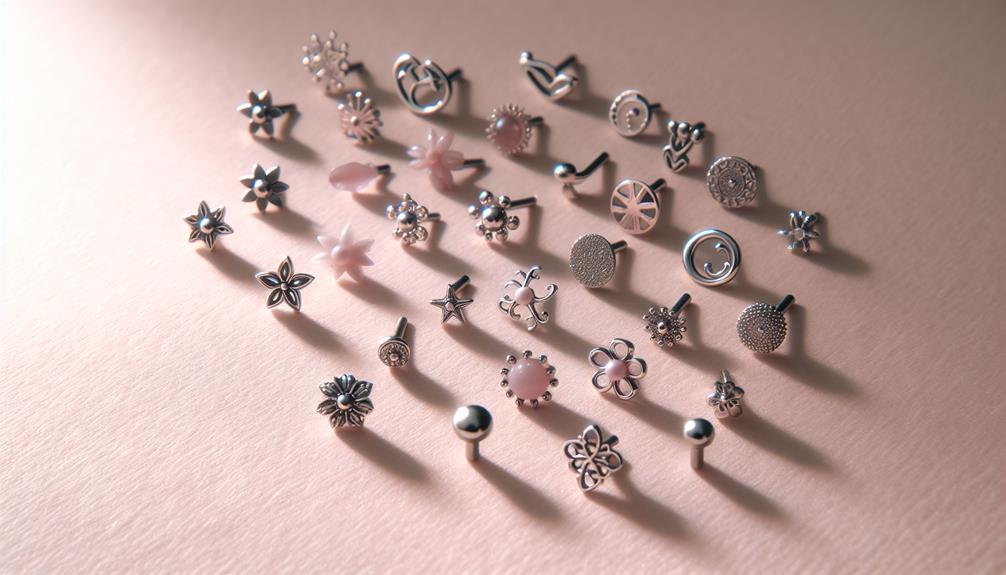Nose piercings are a popular form of body modification that can add a unique touch to your appearance. However, they require proper care and attention to avoid complications such as infection and the formation of a bump. Nose piercing bumps are a common issue that can occur due to various reasons like trauma, infection, and jewelry irritation. These bumps can be unsightly and uncomfortable, leading people to search for the fastest way to get rid of them.
There are several methods to eliminate nose piercing bumps, but not all of them are effective or safe. Some people may resort to home remedies like tea tree oil, aspirin paste, or chamomile tea bags, but these can worsen the condition or cause further irritation. It is essential to consult a professional piercer or a healthcare provider to determine the underlying cause of the bump and the most suitable treatment option. In some cases, medical intervention may be necessary, such as antibiotics or surgical removal of the bump.
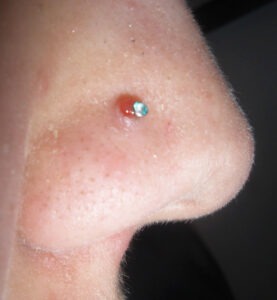
Understanding Nose Piercing Bumps
Nose piercing bumps are a common complication that can arise after getting a nose piercing. These bumps can be unsightly and uncomfortable, but fortunately, there are ways to get rid of them. Understanding the causes and types of nose piercing bumps can help you take the necessary steps to treat them.
Causes of Nose Piercing Bumps
There are several reasons why nose piercing bumps can occur. One common cause is an infection. If the piercing is not properly cleaned or if the jewelry is not of high quality, bacteria can enter the piercing and cause an infection. Allergic reactions to the jewelry can also cause bumps to form.
Another cause of nose piercing bumps is trauma to the piercing. This can occur if the piercing is accidentally bumped or hit, or if it is pulled on or twisted. In some cases, the bump may be a result of the body rejecting the jewelry.
Types of Nose Piercing Bumps
There are several types of nose piercing bumps that can occur. The most common type is a hypertrophic scar. This type of bump is raised and red, and it can be itchy or painful. Keloid scars are another type of bump that can occur. These bumps are raised and shiny, and they can be much larger than hypertrophic scars.
In some cases, a bump may be a granuloma. This is a small, round bump that is usually red or pink in color. It can be painful or itchy, and it may bleed or ooze fluid. Finally, a cyst may form around the piercing. This is a small, fluid-filled bump that can be painful or tender to the touch.
By understanding the causes and types of nose piercing bumps, you can take steps to prevent them from occurring and treat them if they do. It is important to clean the piercing regularly and to use high-quality jewelry to reduce the risk of infection and allergic reactions. If a bump does form, it is important to seek medical advice to determine the best course of treatment.
Immediate Care and Cleaning
When it comes to getting rid of nose piercing bumps, immediate care and cleaning are crucial to prevent the bump from getting worse. Here are some tips on how to properly care for and clean your nose piercing:
Proper Cleaning Techniques
To clean your nose piercing, make sure to wash your hands thoroughly with soap and water. Then, wet a cotton swab or ball with saline solution and gently clean around the piercing. Avoid twisting or turning the jewelry as this can cause irritation and prolong the healing process.
It is important to clean your nose piercing at least twice a day to prevent bacteria buildup and infection. However, over-cleaning can also be harmful and cause dryness and irritation. Stick to the recommended cleaning routine and avoid using harsh chemicals or alcohol-based products.
Appropriate Cleaning Solutions
When it comes to cleaning solutions, it is best to stick to saline solution or a mixture of sea salt and warm water. These solutions are gentle and effective in cleaning the piercing without causing any harm.
Avoid using hydrogen peroxide, alcohol, or any other harsh chemicals as they can cause dryness, irritation, and even damage to the piercing. It is also important to avoid using q-tips or any other cotton products as they can leave fibers behind and cause infection.
By following these proper cleaning techniques and using appropriate cleaning solutions, you can help to get rid of nose piercing bumps and promote faster healing.
Professional Treatments
Medical Interventions
If the nose piercing bump is severe and home remedies don’t seem to work, seeking medical intervention may be necessary. A healthcare professional can prescribe medication to help reduce inflammation and infection. Antibiotics may be prescribed to fight off any bacterial infection that may have caused the bump. In some cases, a doctor may recommend removing the piercing altogether to allow the bump to heal.
Dermatological Procedures
Dermatological procedures can also be effective in treating nose piercing bumps. A dermatologist can perform a corticosteroid injection to reduce inflammation and promote healing. Another option is cryotherapy, which involves freezing the bump with liquid nitrogen to remove it. However, these procedures can be costly and may not be covered by insurance.
It’s important to note that seeking professional treatment should only be done after trying home remedies and consulting with a healthcare professional. It’s also crucial to follow the aftercare instructions provided by the healthcare professional to ensure proper healing and prevent future bumps.
Home Remedies
Natural Anti-Inflammatory Agents
There are several natural anti-inflammatory agents that can help reduce the size of nose piercing bumps. Tea tree oil, chamomile, and lavender oil are some of the most effective ones. These oils have anti-inflammatory properties that can help reduce the redness and swelling associated with nose piercing bumps.
To use these oils, you can dilute them with a carrier oil such as coconut oil or olive oil and apply them to the affected area. You can also add a few drops of these oils to a warm compress and apply it to the bump for 10-15 minutes, twice a day.
DIY Compresses
Another effective way to get rid of nose piercing bumps is by using DIY compresses. These compresses can help reduce the inflammation and promote healing. Some of the most effective DIY compresses include:
- Chamomile tea compress: Brew a cup of chamomile tea and let it cool down. Soak a cotton ball in the tea and apply it to the bump for 10-15 minutes, twice a day.
- Sea salt compress: Mix a teaspoon of sea salt in a cup of warm water. Soak a cotton ball in the solution and apply it to the bump for 10-15 minutes, twice a day.
- Aloe vera compress: Cut an aloe vera leaf and extract the gel. Apply the gel to the bump and leave it on for 10-15 minutes, twice a day.
By using these home remedies, one can effectively get rid of nose piercing bumps without having to spend much money on expensive treatments. However, it is important to note that these remedies may take some time to show results and may not work for everyone. If the bump persists or gets worse, it is best to consult a doctor.
Preventive Measures
Jewelry Selection
Choosing the right jewelry for your nose piercing is crucial in preventing the formation of a bump. Opt for jewelry made of high-quality materials such as titanium, niobium, or 14k gold. Avoid using low-quality metals such as nickel, which can cause an allergic reaction and lead to inflammation. Additionally, make sure that the jewelry fits properly and is not too tight or too loose.
Piercing Aftercare Best Practices
Proper aftercare is essential in preventing the formation of a nose piercing bump. Clean the piercing twice a day using a saline solution or a mild soap and water. Avoid using harsh chemicals or alcohol-based products as they can dry out the skin and cause irritation. Gently pat the area dry with a clean towel or paper towel. Avoid touching the piercing with dirty hands and never twist or turn the jewelry as it can cause trauma to the piercing site.
In addition to these preventive measures, it is important to avoid sleeping on the side of the piercing, as this can cause pressure and irritation. It is also recommended to avoid swimming or submerging the piercing in water until it is fully healed. By following these preventive measures, you can reduce the risk of developing a nose piercing bump and promote proper healing of the piercing.


